Infinity Arachne: The Delicate Art Of Table Layout – Part One
December 9, 2015 by crew
This is the Wartrader, yammering on about Location, Location, Location!
Infinity is very dependant on terrain, to the extent that a good way to start a raging debate in any Infinity group is to ask how much scenery should be on the table.
Here's my take on the subject...
Density of Terrain
At the one extreme, a very cluttered table with few if any long fire corridors will make short-range troops over-powerful for their points cost and will make Snipers and other long range troopers nearly worthless.
At the other extreme, a very sparse table with many long fire corridors covering the table will make long range guns over-powerful and make it very hard to advance.
Finding a balance between the two can be tricky - but bear in mind that a cheap Warband with Chain Rifle, Smoke Grenades and excellent close combat abilities costs around 6pt while Snipers start at 16pt. If the Warband is equally useful/powerful, it's likely that you're playing on terrain denser than the points costs are based around.
So how dense is dense enough? To paraphrase 8obman from an excellent piece he recently wrote on the subject, it's complicated. A good starting point is the advice from the rulebook, trying to strike a balance between enough sight-blocking terrain that you can advance troops without stopping the big guns being useful:
Note that the text talks about much smaller terrain pieces than the diagram shows, I would recommend going with the diagram.
As a rough rule of thumb, there should be at least some fire corridors all the way across the table but few locations that have an overview of the majority of the table. In an ideal world, there should be firefights taking place across all ranges bands, from 0-8" out to beyond 32".
Let's have a look at some examples from the 2nd Interplanetary Tournament that took place this Summer in Spain.
This table played left-to-right and was by far the most open table at the event. The bigger rock walls were mostly outside the 12" deployment zones, leading to some very cramped deployment. There were lots of very wide and long fire corridors all the way across the table leading to the general death of anyone who tried to advance - bearing in mind that any gap wider than 8" in Infinity tends to be a death zone!
I played on this table and did very well - having played on some pretty open tables before, one of my two lists included a Grenzer with Missile Launcher (ideal range 24-40"), a camouflaged Intruder with HMG (ideal range 16-32") and a thermo-optic camouflaged Spektr with MULTI Sniper (ideal range 16-48"). However there was also one Shotgun shootout, made particularly nasty by the limited cover forcing troopers into lines.
This, on the other hand, was on the other end of the spectrum. The camera view is from one deployment zone towards the other. As you might expect, there was a lot of Warband template death going on, although it was slightly deceptive in that there were more open avenues about a foot in on each flank - the first Order of the game was a 30" HMG v HMG shootout. The photo is also deceptive as the printed mat makes the table look more cluttered than it actually was.
Types of Terrain
Terrain pieces in Infinity generally break down into three types:
- Sight-blockers - terrain that stops Line of Fire being drawn, such as most buildings, big rocky outcrops, hills etc,
- Low cover - items small enough that a trooper can stand behind and claim cover, for example walls, crates, low vehicles, small rocky outcrops, assorted scatter terrain etc,
- Visibility zones - areas that can be seen through but impose penalties on any sight-based actions, such as woodland, storms etc.
Ideally (again!) all three should be present on the table in some form, without one type dominating. Note that difficult terrain in some form should really be present as well, but isn't directly tied to these three types of terrain.
Exclusive use of sight-blocking terrain tends to make for a 'corner cover' table which often gives the active player a bigger advantage as they can pick and choose their targets more easily, especially on very dense tables. This can be an issue for uniformly-urban tables that don't have enough scatter terrain.
Large amounts of low cover and not many sight-blockers leads to the opposite problem, with the advantage going to the reactive player - as soon as your active trooper moves, half a dozen enemy troopers react by shooting you!
If most of the terrain of the table is made of of woodland and jungle with not enough sight-blockers then there can be issues with Multispectral Visor troopers (who ignore some or all of the Ballistic Skill penalties for woodland) can become overpowering, especially if armed with long range weaponry like Sniper Rifles, Missile Launchers and HMGs. Adding large rocky outcrops, fallen tree trunks and hills can all help with this.
Let's have a look at some more examples from the Interplanetary...
This is a great table for seeing a mix of terrain types. We've got sight-blockers in the form of the grey buildings and some of the larger crates, low partial cover in the form of ramps, smaller crates and road barriers and visibility zones in the form of the vegetation. This is also a particularly good example of adding visibility zones to an urban environment.
In terms of general density there are some longer fire corridors but they're generally quite narrow at ground level while the yellow crates on the rooftops are doing a good job of restricting rooftop fire corridors.
While this table initially looks like it's all corner-cover, the parapets on the roofs mean that there is a lot of low cover as well.
Another good example of an urban environment with vegetation.
While this is an example of a table that's almost purely made up of corner cover, it's a great example of using tins to make a quick and cheap table that's easy to set up.
This is another of the tables I played on, and although it's largely corner-cover (some of the parapets weren't tall enough to claim cover from) and pretty open, the wall going down the midline of the table made it much easier to advance up than you might expect.
We had some rooftop-to-rooftop gunfights, troopers walking around at ground level to get Line of Fire through the various doorways and also several short-range firefights as troopers made it up to the wall and came through the doorways.
Next week I'll be talking about distribution of terrain and a few ideas for making your tables more interesting and varied. In the meantime, you can see the full gallery of tables from the Interplanetary - which ones do you like best?
Ian Wood aka @wartrader
If you would like to write for Beasts of War then please contact us at [email protected] for more information!
"At the one extreme, a very cluttered table with few if any long fire corridors will make short-range troops over-powerful for their points cost and will make Snipers and other long range troopers nearly worthless..."
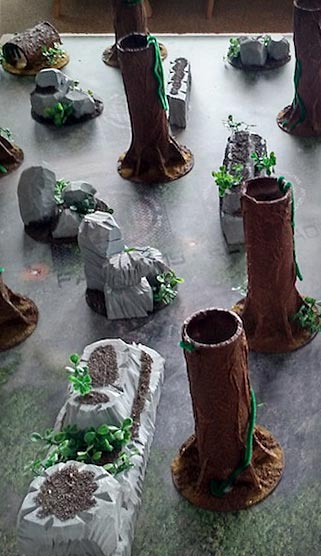
"Large amounts of low cover and not many sight-blockers leads to the opposite problem, with the advantage going to the reactive player - as soon as your active trooper moves, half a dozen enemy troopers react by shooting you!"
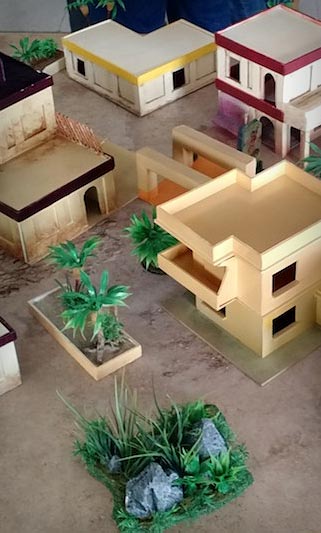






























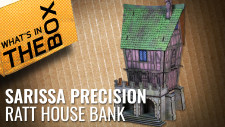

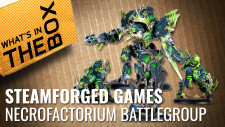
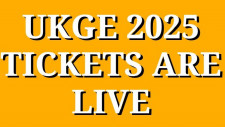


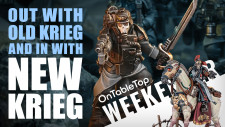
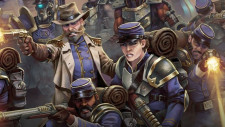


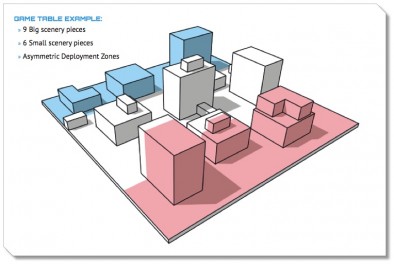
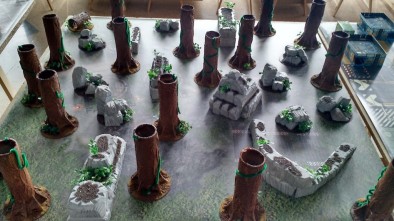


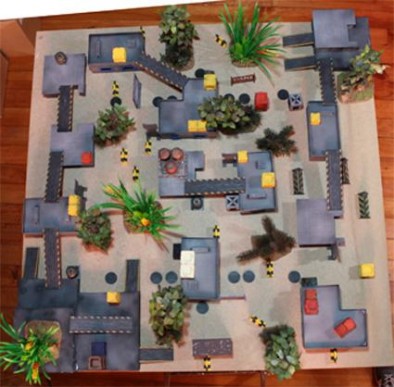
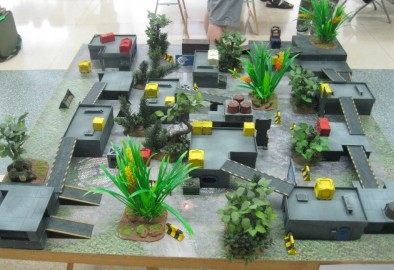
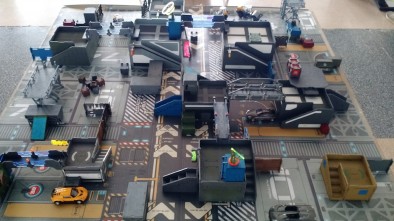
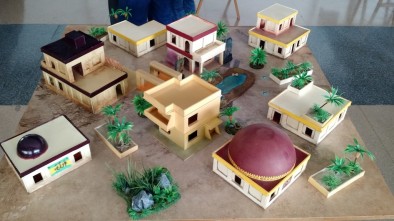
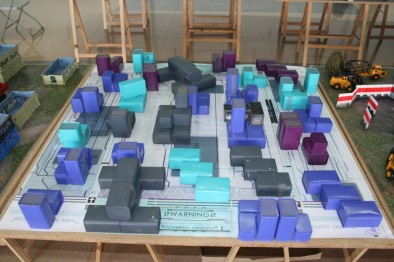
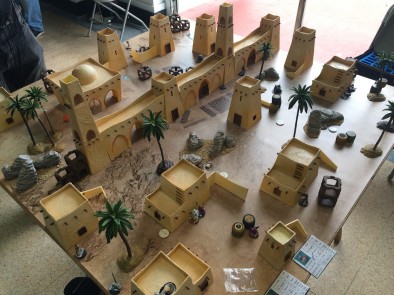
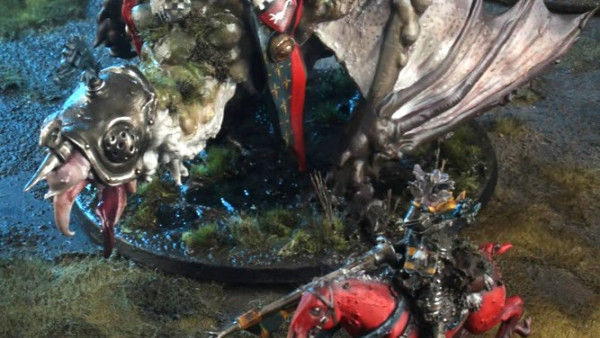
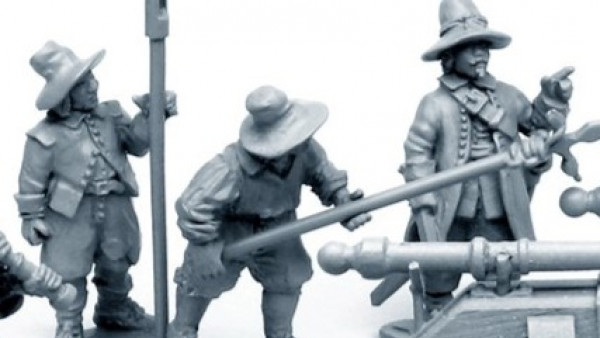

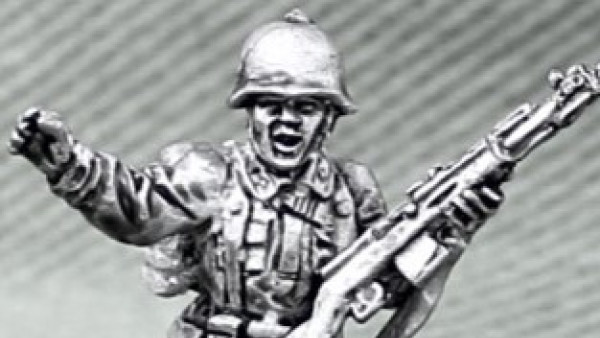
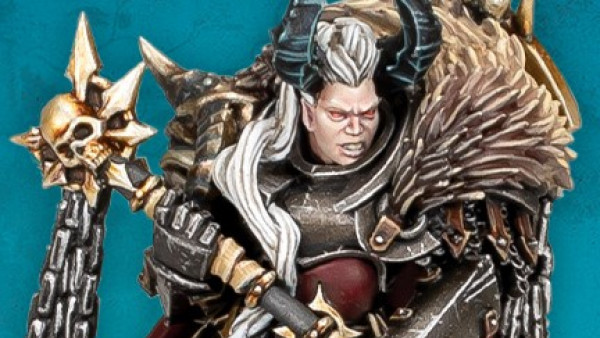
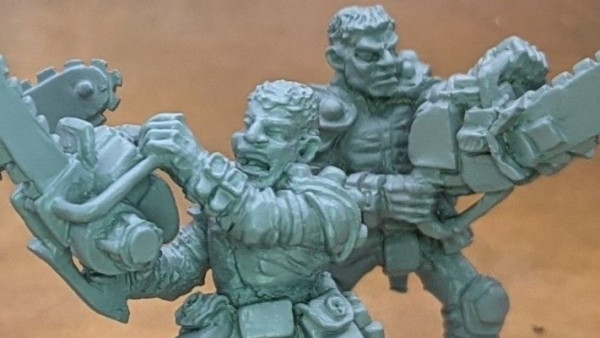
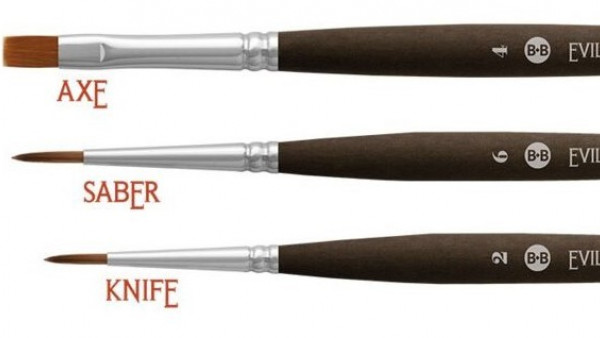
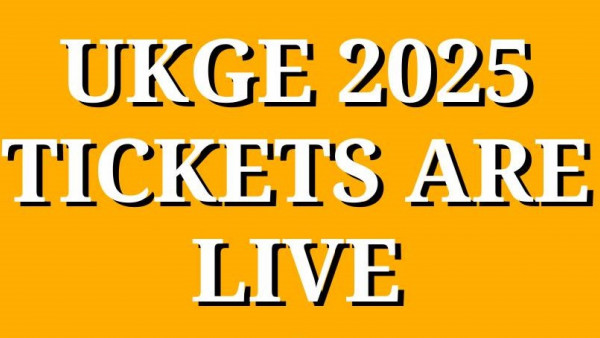
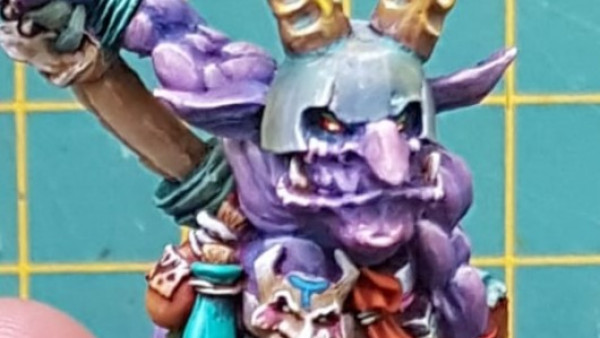
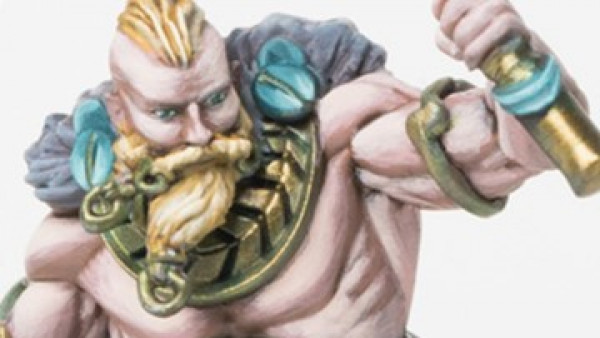
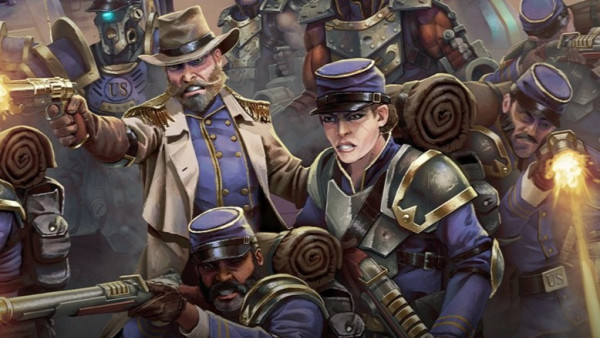
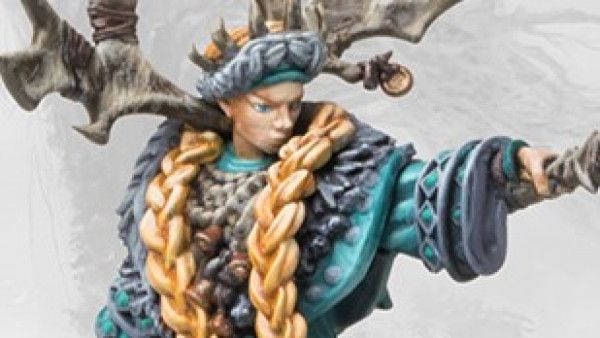
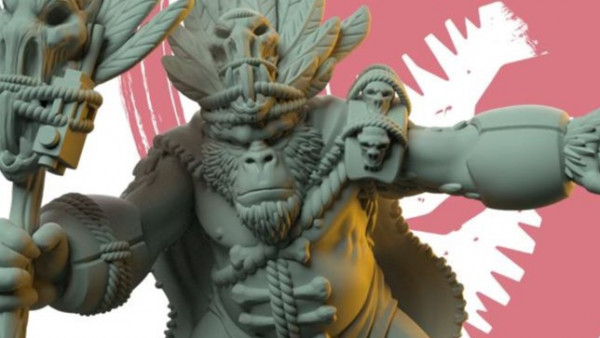
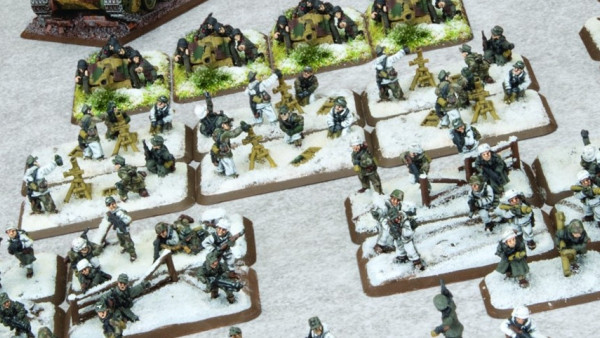
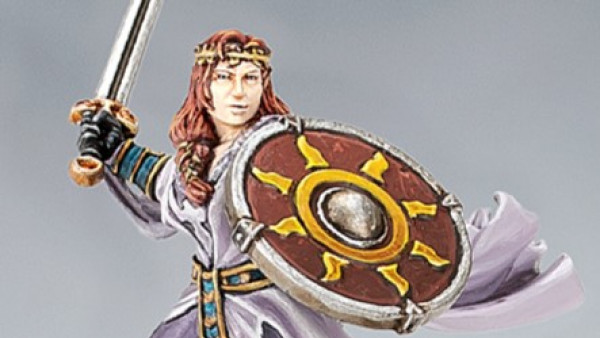
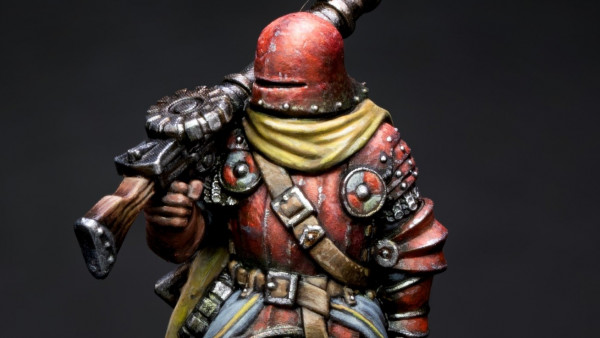
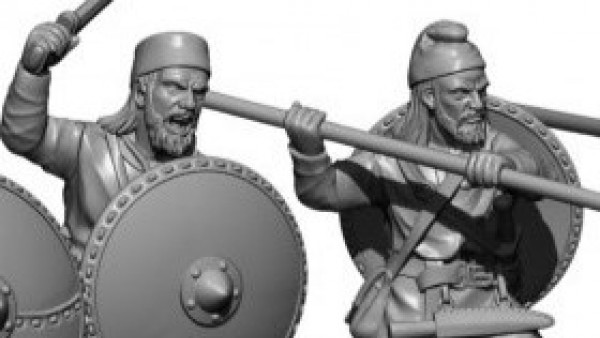
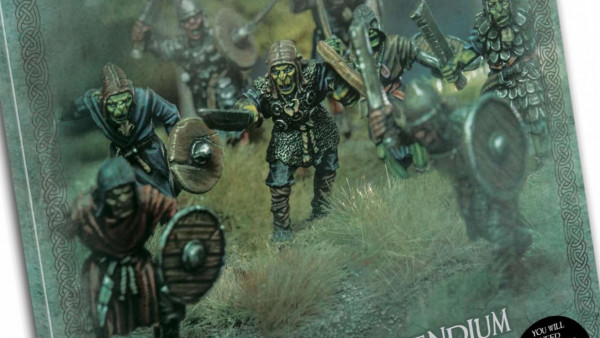
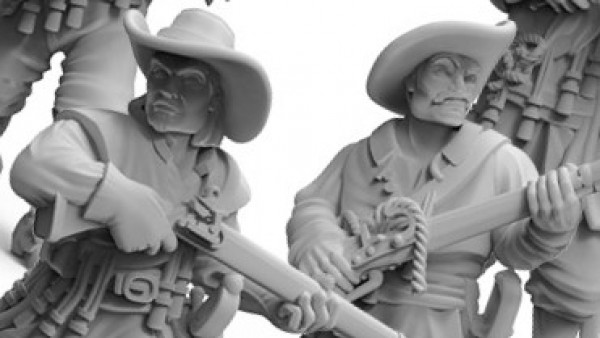
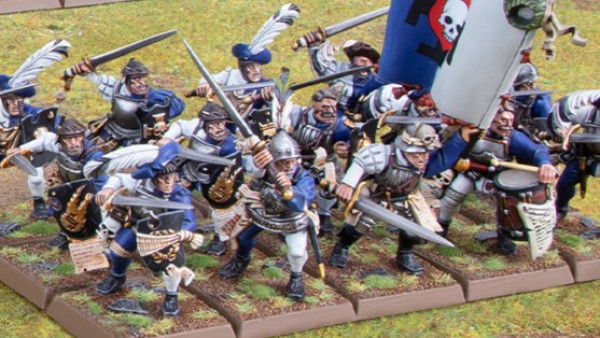
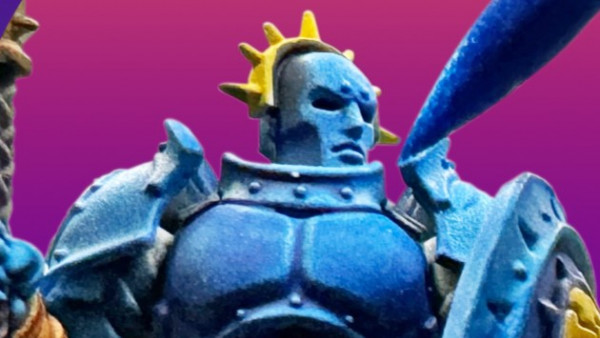
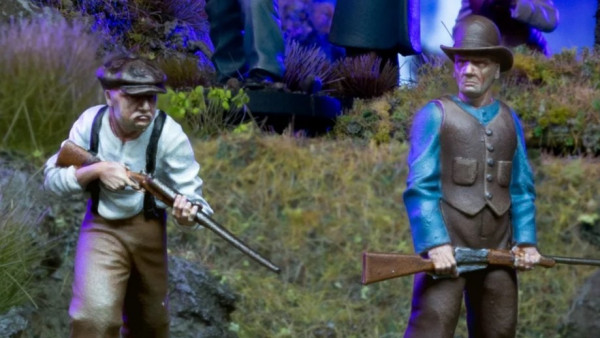
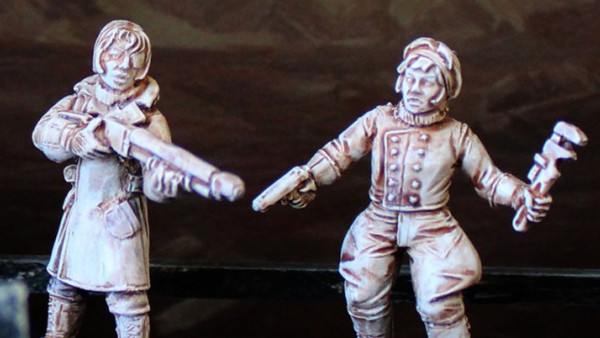
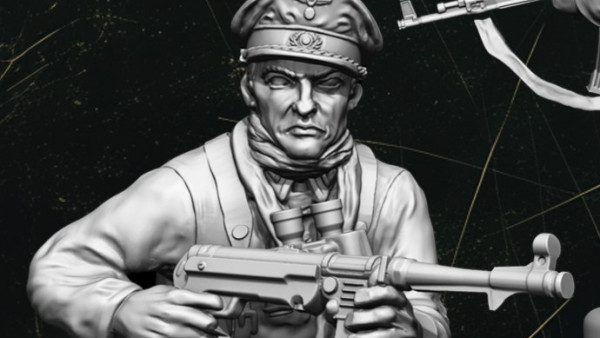
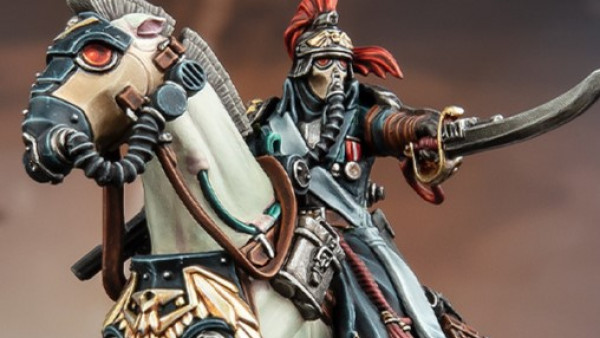
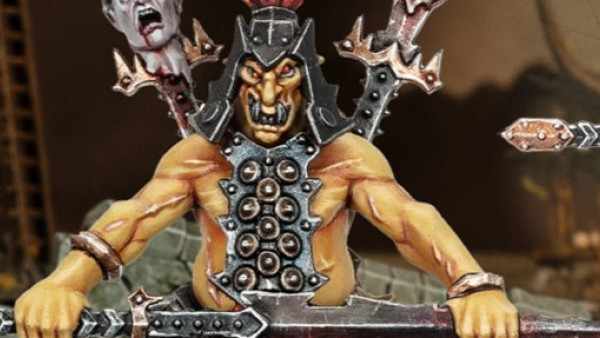
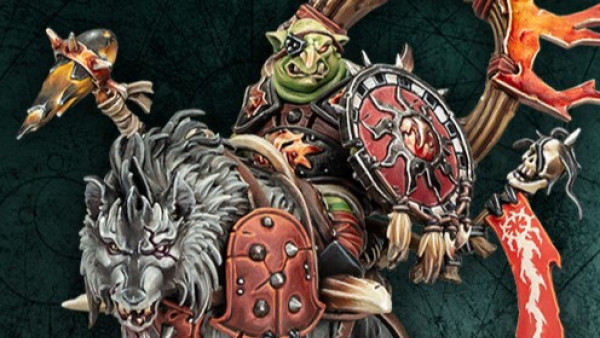
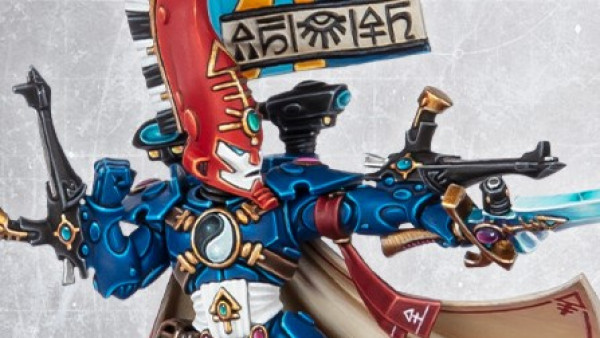
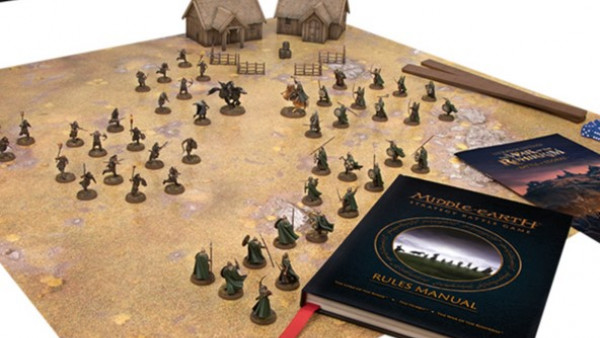
Fantastic article Ian!
Terrain is a core aspect of Infinity, much more so than in most other wargames and I’ve heard of many players being put off the system especially in N2 days initially by playing on very low density tables suited to mass battles games.
A simple way of livening up a “corner cover” board of square buildings and shipping containers is to rotate half of the terrain features by 45 degrees. This creates more complexity in the table layout and leads to more enjoyable game.
Yes, putting stuff on a diagonal or 30˚ can help shake things up.
Many thanks for this. I do find it hard to come-up with terrain set-ups that look good and plays well. Either too many buildings or not enough.
@deepgreenx – More scatter terrain is always good – just enough to hide behind. Then dash, or creep, between. You are right, it is a very ‘terrain’ intensive game. I suppose items of cover can count as terrain.
I need some walk-ways!
Oh yeah @unclejimmy , walk-ways are great way to create an interesting table.
😉
I’m currently working on adding loads to my terrain stack.
Terrain layout is definitely a difficult thing to do. I want it to look great as well as be realistic. Great article Ian.
Has anyone experimented with building tables to emulate multiplayer levels from Halo, Call of Duty, or other FPS games to see how well they translate to the sightline needs of Infinity?
I’ve seen a few, but don’t play enough FPSs to comment. 🙁
very good read!
Nice start, looking forward to a more detailed look at terrain.
I am of the mind that the table layout should be at least semi realistic as well as play and look good. It can take me quite some time to set up a table, I have been known to start as much as an hour before hand.
I always try and arrange the scenery on the table to look like a realistic layout if possible, if just so that you end up playing on layouts that you wouldn’t have normally considered.
A think this article series will be an excellent resource. I also struggle a lot when I need to set up a table and this article showed me a few things I could do better.
Can’t wait for the 2nd article.
Thanks all, it’s a fun set of articles to write!